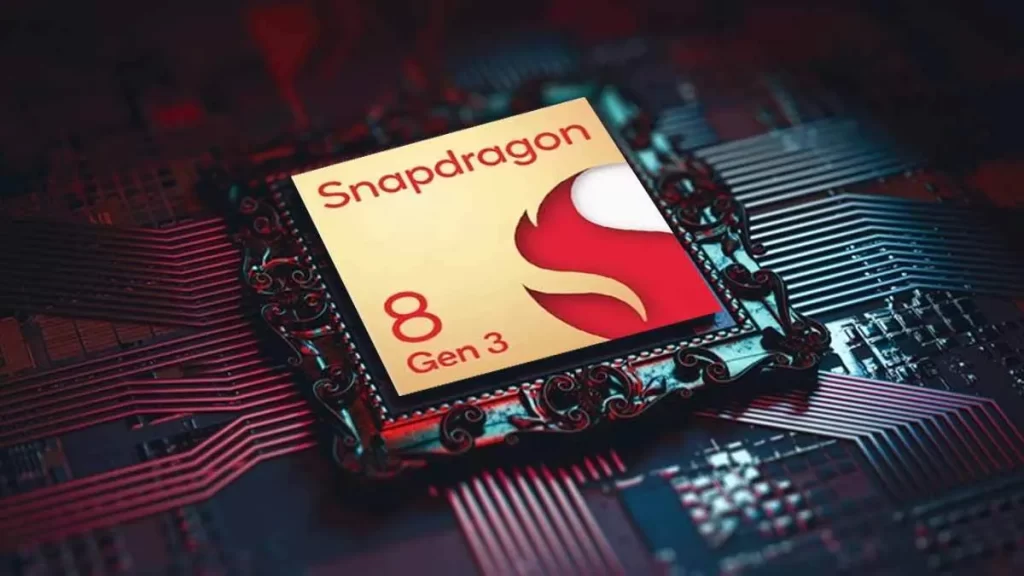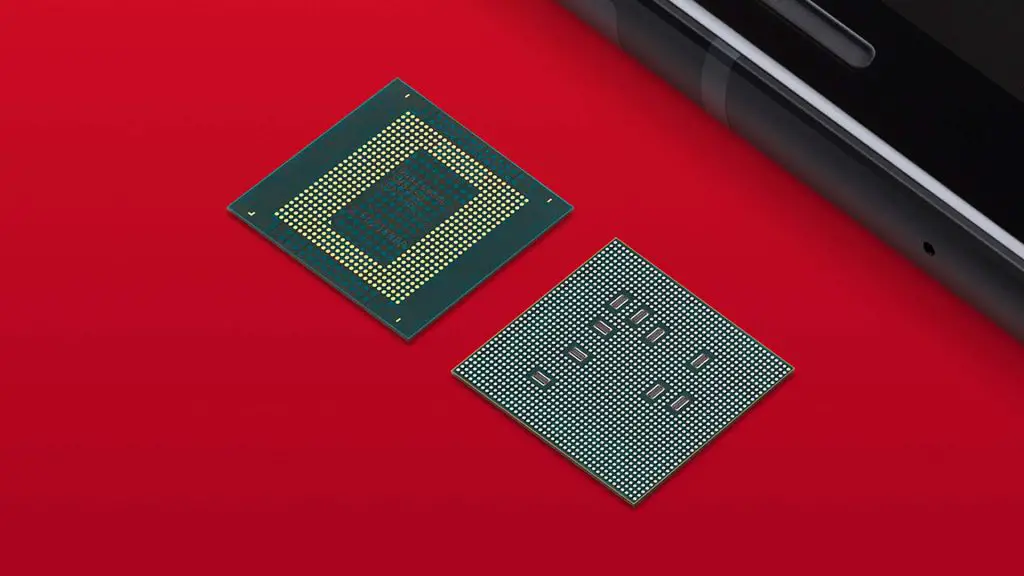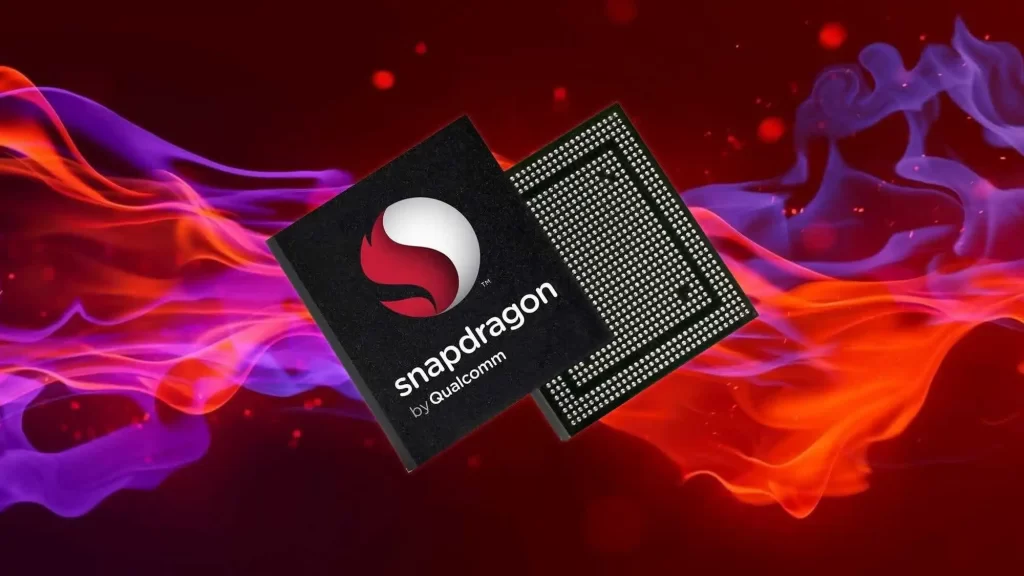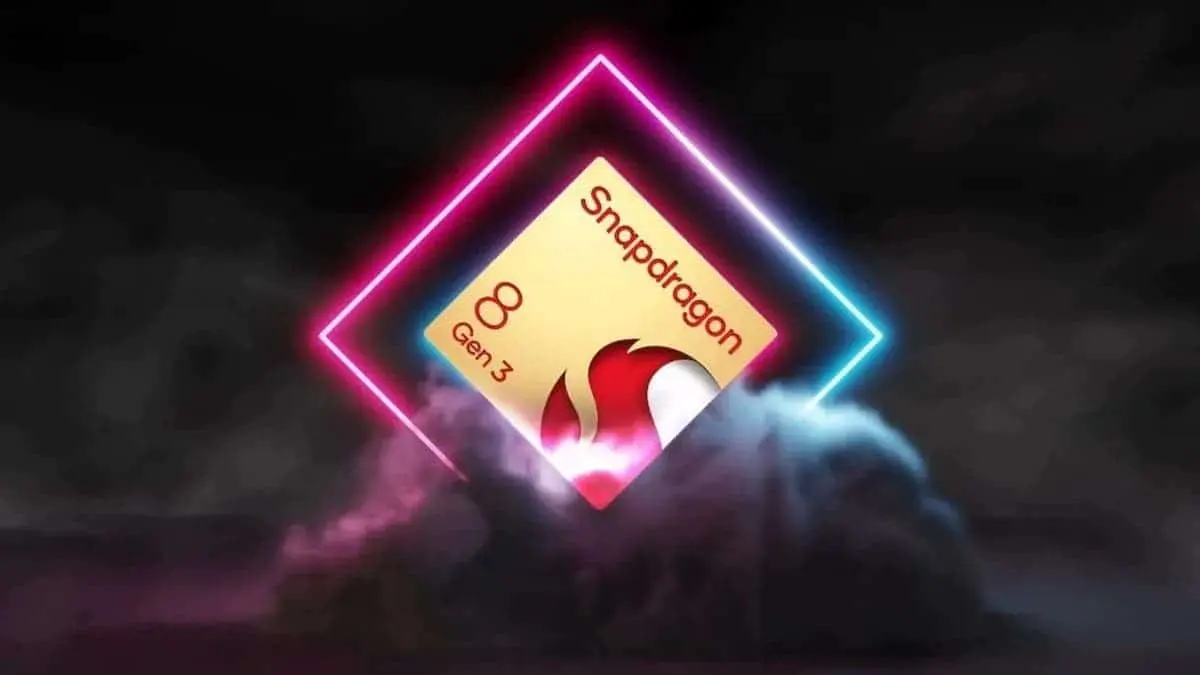The Snapdragon 8 Gen 3 is Qualcomm’s most recent announcement, and it has the mobile industry roaring. Expectations are high for the Snapdragon 8 Gen 2 successor. Let’s explore what we currently know about this exciting chipset.
Release Date and Anticipation

In the past, Qualcomm has released its top-tier Snapdragon chipsets at the end of the year. For instance, the Gen 1 of the Snapdragon 8 chip debuted in early December of 2021, while the Gen 2 was introduced in November of 2022. The market usually sees the introduction of phones containing these CPUs a few weeks following the announcement.
However, there might be a change this year. According to rumors, Qualcomm may introduce the Gen 3 in October, setting up smartphones to use the chip by Q4 2023. This rumor is furthered by Qualcomm’s announcement that the upcoming Snapdragon Summit will take place from October 24 to 26. This event is where the company typically announces its latest Snapdragon innovations, making it highly likely for the Snapdragon 8 Gen 3’s grand reveal.
Design, Hardware, and Technical Specifications

A 4nm manufacturing technique is anticipated for the Snapdragon 8 Gen 3’s production. This is consistent with the Gen 1 and Gen 2 chips, which it succeeded. This decision was made in large part because Apple reportedly purchased all 3nm production capacity available for its A17 Bionic chip.
One of the early rumors suggests that the Snapdragon 8 Gen 3 will feature a 1+5+2 core configuration, totaling 8 cores. This includes:
- A single 3.2 GHz Cortex-X43 for primary performance.
- Five 3.0 GHz Cortex-A720s for efficiency tasks.
- A pair of 2.0GHz Cortex-A520s for base-level tasks.
Also possible for the chipset includes a Qualcomm X75 5G modem and an Adreno 750 GPU. Support for UFS 4.1 storage, an update from the current UFS 4.0 that delivers higher read/write speeds and increased power efficiency, is also under consideration.
Performance Metrics

Eight cores of the Snapdragon 8 Gen 3 are anticipated to work together at a maximum clock speed of 3.75 GHz. This is a substantial improvement from the Snapdragon 8 Gen 2 for Galaxy’s 3.36 GHz. Even if it is not the only factor in CPU performance, clock speed can significantly increase the chipset’s capabilities if it is used well.
According to leaked benchmark results, the Snapdragon 8 Gen 3 for Galaxy scored 2,223 on the single-core test and 6,661 on the multi-core test. If these figures are accurate, the performance curve for the following chip looks promising.
In the End

The Snapdragon 8 Gen 3 is growing into a strong competitor in the field of smartphone chipsets. It is ready to power the next generation of Android devices with its anticipated features and upgrades, giving users better performance, efficiency, and connectivity. The IT community is eagerly awaiting the official announcement to learn how Qualcomm’s most recent product will influence mobile technology in the future.

